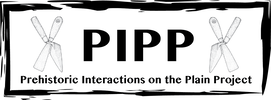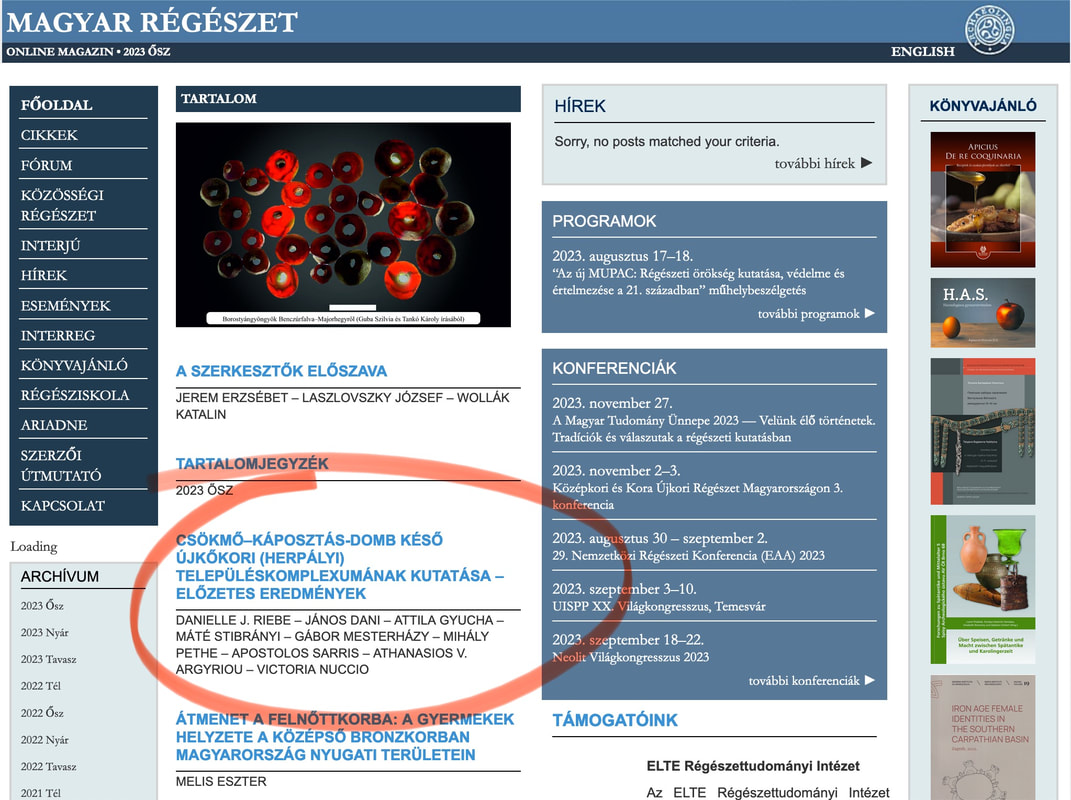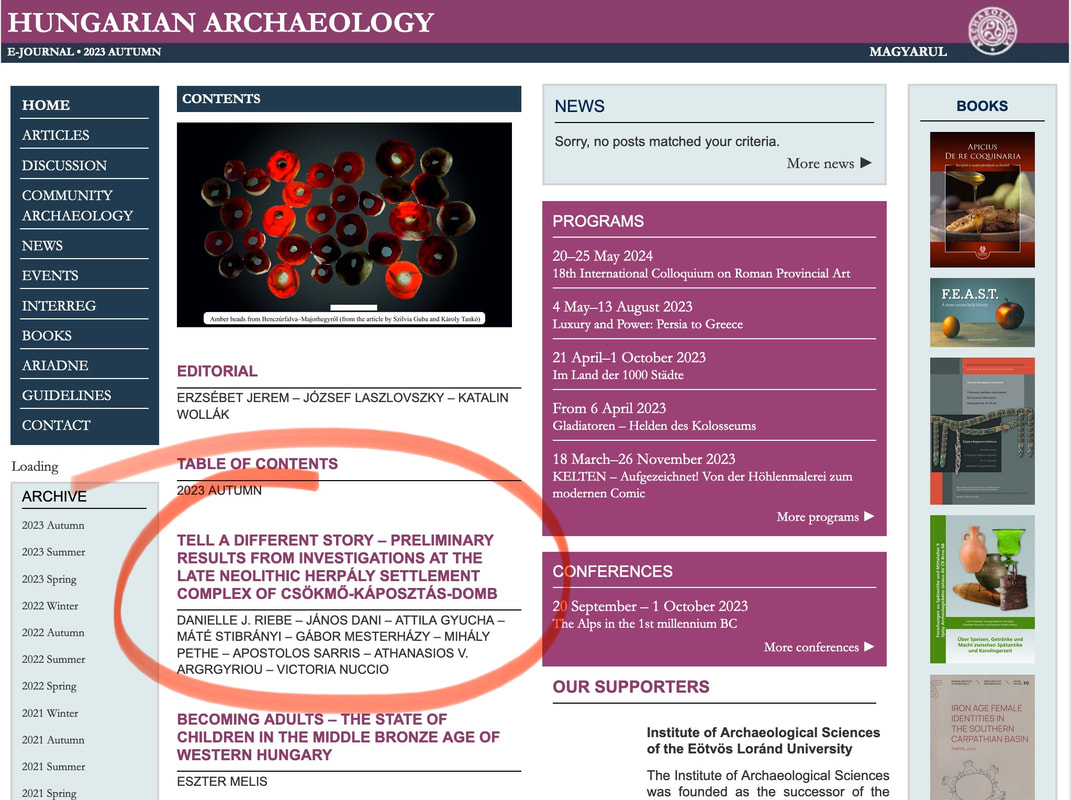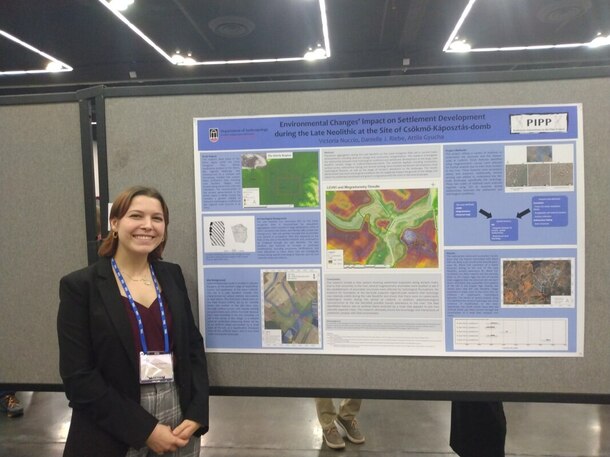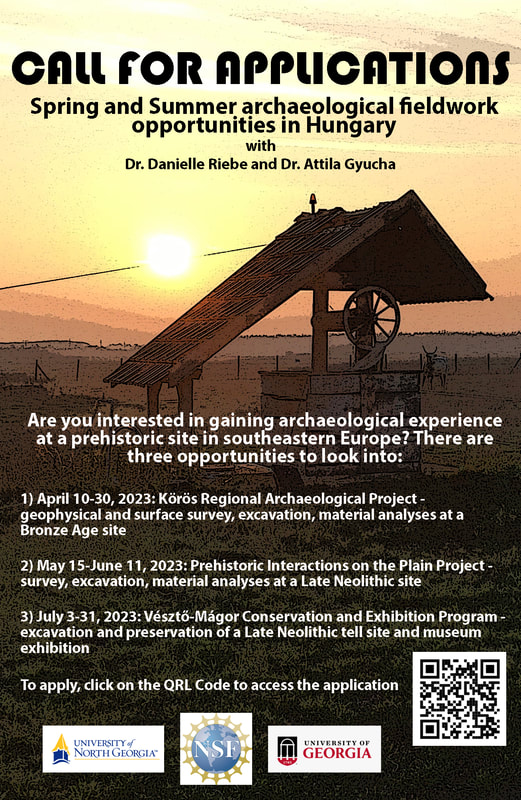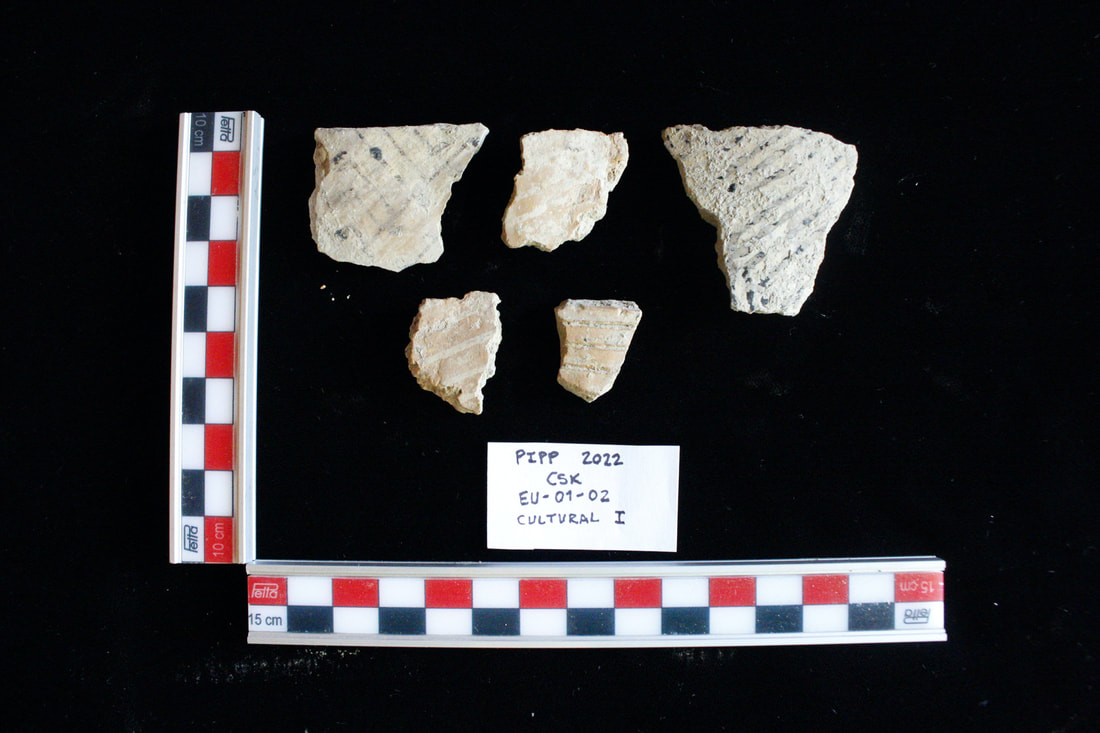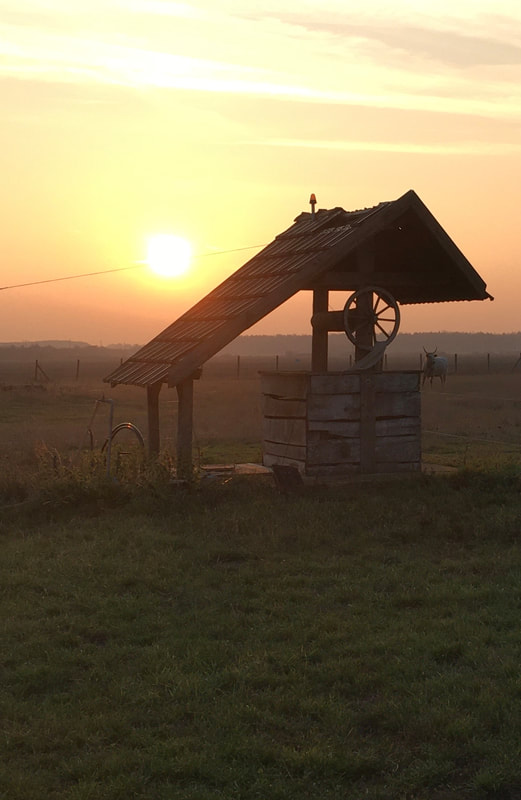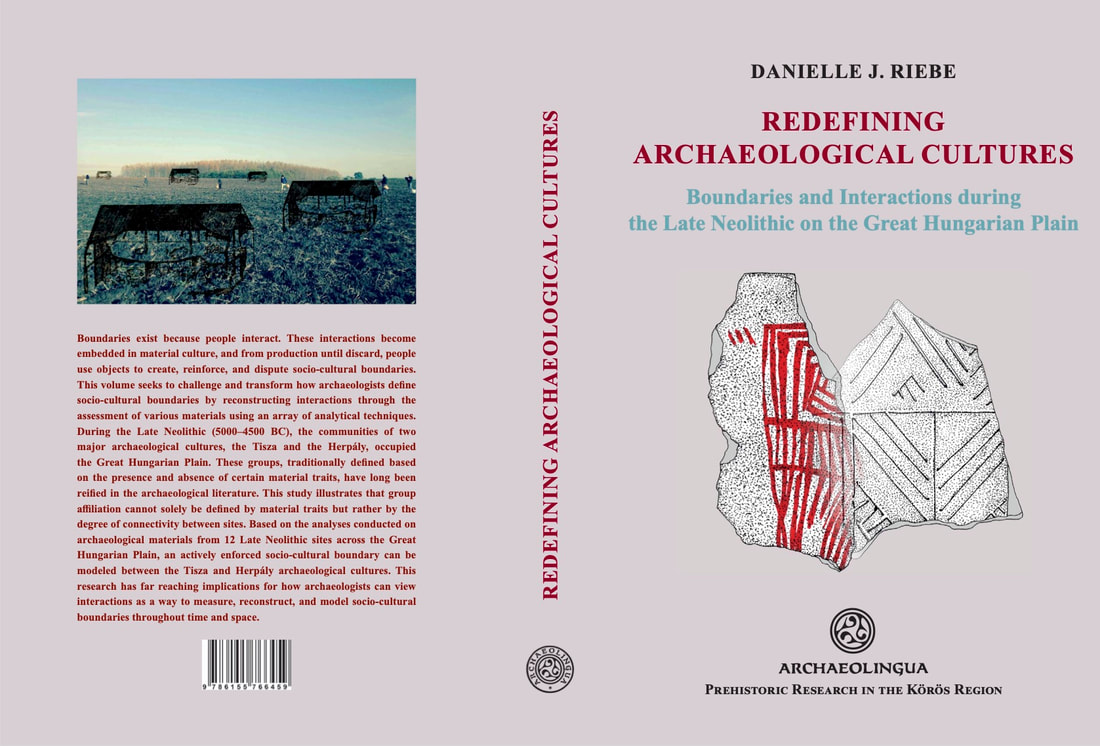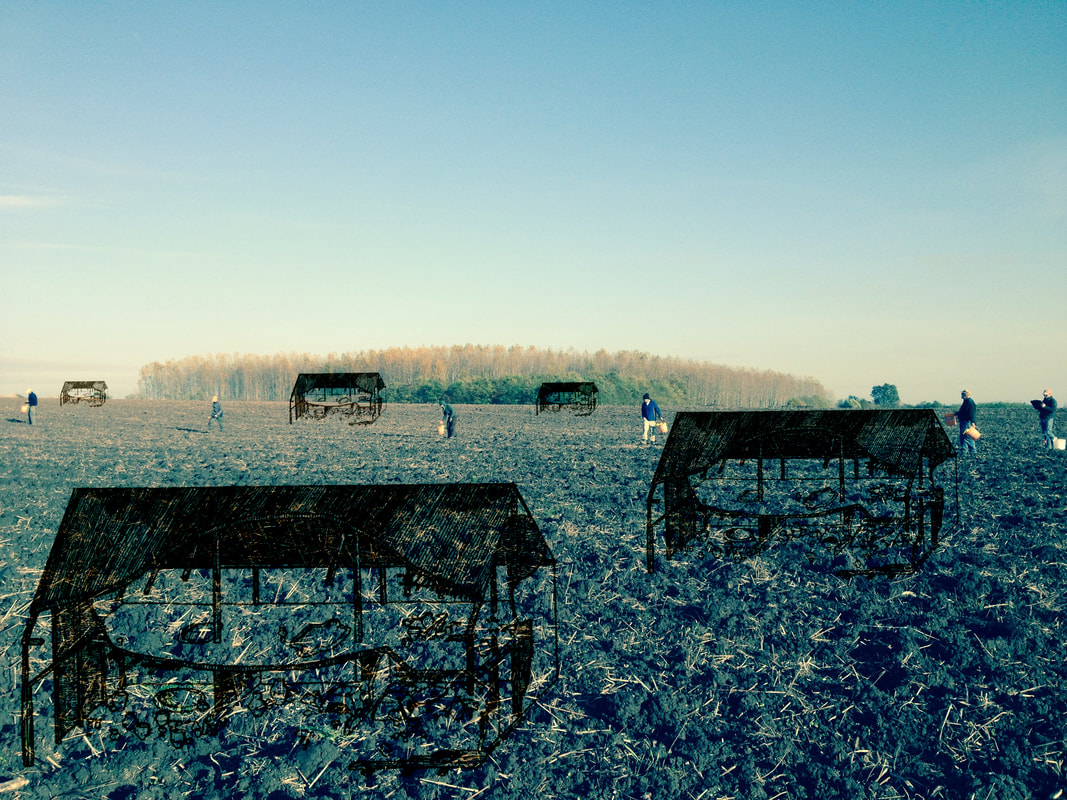|
As 2023 is quickly coming to an end, PIPP researchers are still hard at work publishing the preliminary findings from the work at Csökmő-Káposztás-domb. With funding from the National Science Foundation (BCS-2131357), work at the site since 2019 has generated a new understanding about the development of Late Neolithic settlement complexes in the greater Körös region. If you want to learn more, check out the article in either English or Hungarian, “Előzetes eredmények a Csökmő-káposztás-dombi késő újkőkori herpályi településkomplexum kutatásaiból (Tell A Different Story: Preliminary Results from Investigations at the Late Neolithic Herpály Settlement Complex of Csökmő-Káposztás-domb).” http://www.magyarregeszet.hu/?page_id=1587
0 Comments
It is time to advertise once more for the summer 2024 archaeological fieldwork opportunities in Hungary. This coming summer, there will be three archaeological projects that are directed and/or co-directed by Drs. Danielle Riebe and Attila Gyucha. Two to six students will be selected for each of the programs and most of the costs (airfare, room, board, in-country travel) will be covered by the projects. In some instances, students may work with the directors to apply for additional internal or external funding opportunities. Selection of students will be based on the completed application. Applications are due by December 15, 2023. Download the application here:
In May 2023, V Nuccio (former NSF REU student on PIPP) graduated from UGA with an MA in Anthropology. Their MA thesis focused on human-environmental interactions at the Late Neolithic Herpály site of Csökmő-Káposztás-domb. Congrats, V!
In 2023, the Körös Regional Archaeological Project, the Prehistoric Interactions on the Plain Project and the Vésztő-Mágor Conservation and Exhibition Program will offer multiple opportunities for students to participate in archaeological fieldwork in Hungary. These projects are funded by the National Science Foundation (NSF), the Foundation for the Study and Preservation of Tells in the Prehistoric Old World (FSPT), and the Faculty Research Grants in Humanities and Arts Program at the University of Georgia and directed and/or co-directed by Drs. Danielle Riebe and Attila Gyucha. One to four students will be selected for each of the programs and most of the costs (airfare, room, board, in-country travel) will be covered by the projects. In some instances, students may work with the directors to apply for additional internal or external funding opportunities. Selection of students will be based on the completed application. Applications are due by December 20, 2022. Download the application here:
Dr. Danielle Riebe, Archaeological Anthropologist at the University of North Georgia-Gainesville and the University of Georgia, will present at the Lumpkin Co. Public Library for the Blue Ridge Archaeology Guild (BRAG) on Wednesday, November 9 at 7 PM. Her topic is “The Hungarian Connection.”
You may also join in via Zoom a few minutes before 7 pm using this link: https://us02web.zoom.us/j/88352713537?pwd=M0o2YzFlcEpSSVhxTm5GYS9iR0g5UT09 (Meeting ID: 883 5271 3537 and Passcode: 583481 if needed) Dr. Riebe is a prehistoric archaeologist working on projects in Hungary, Greece, and North America. Her primary research focuses on understanding how peoples’ actions result in identity formation. Her talk will present the ongoing results from two projects that are linked by this “Hungarian connection.” Over the past 10 years, Dr. Riebe has directed the Prehistoric Interactions on the Plain Project (PIPP) in southeastern Hungary investigating how everyday interactions through trade, community activities, and ritual shape prehistoric identities. The current scope of research concentrates on the Late Neolithic (5,000-4,500 BCE) tell site of Csökmő-Káposztás-domb. Over the past 5 years, magnetometric survey, surface collection survey, and targeted excavations at the site have provided information about the active role that people had in the creation of their own social identities. This notion of identity and a connection to the past have driven Dr. Riebe’s recent research interests in the state of Georgia. Near Tallapoosa, GA a late 19th and early 20thcentury Hungarian community thrived for a short time. While not much of the community remains, after a century of relative obsoletion and dilapidation, the Budapest Cemetery has recently become of interest to the Hungarian-American community in the state of Georgia. Using ground penetrating radar (GPR), the graves of unmarked or previously marked interred individuals are being identified and new markers are being placed on these locations. This project highlights the transcendency of identity and social bonds over time. For 20 years, Dr. Riebe has used her expertise in analytical techniques (e.g., laser ablation-inductively coupled plasma-mass spectrometry and portable X-ray fluorescence) and archaeological methods in research all over the world (Mongolia, Hungary, Vietnam, Philippines, Croatia, Greece, Italy, USA). After receiving her PhD in 2016, she held several multi-year postdoctoral research positions (Field Museum of Natural History and University of Illinois at Chicago). In 2020, she moved with her husband, Dr. Attila Gyucha, to Athens, Georgia after he received a tenure-track position at the University of Georgia. Since then, she has been teaching a variety of archaeology and anthropology courses at the University of Georgia, and in 2022, she received a one-year instructor position at the University of North Georgia-Gainesville campus. BRAG meetings are held in the Lumpkin County Library, 56 Mechanicsville Road, Dahlonega, at 7:00 pm. Meeting rooms are entered from the right-hand (east) end of the building. The club’s meetings are free and open to the interested public. You may share this announcement with others and on media that you consider safe. To be removed from this mailing list please reply with a request. Summer is coming to an end and the PIPP2022 season has wrapped up!
It was an amazingly productive season that brought together American and Hungarian students and specialists to continue work at the Late Neolithic tell site of Csökmő-Káposztás-domb. This season consisted of magnetometry, surface survey, and 1x1m test excavations. The latest results will be presented at the Annual Meeting for the European Association of Archaeologists later this month and another PIPP Squeak post will be released later this fall. Until then, enjoy PIPP's new-found fame in not one, but TWO Hungarian news sources: Hajdú-Bihar county, HAON: https://www.haon.hu/helyi-kultura/2022/08/7000-eves-telepulest-talalt-a-csokmoi-hatarban-a-magyar-amerikai-regeszcsoport?utm_source=facebook&utm_medium=social&utm_campaign=haon&fbclid=IwAR3EgtTXpt7AR2tDKvkeW5LYu6q6Pso46g7VQrdeYIr71_oUMprP4E6D46k Békés county, BEOL: www.beol.hu/helyi-kultura/2022/08/oriasi-ujkokorszaki-varost-is-felfedeztek-a-regeszek After a two year hiatus due to Covid, we were finally able to make it back to Hungary and back to the field! As part of the Körös Consortium, the BAKOTA, KRAP, and PIPP projects combined forces for the past two weeks to work at the Late Neolithic sites of Vésztő-Mágor and Csökmő-Káposztás-domb, and the Bronze Age site of Békés-Várdomb. While two weeks doesn't sound like a lot, the weather gods favored us and gave us beautiful conditions, so we were able to begin the conservation work at Vésztő-Mágor, extensively tract walk, intensively surface collect 10x10m units, lay in multiple shovel test probes, and complete magnetometry at a couple of sites. We owe a huge thanks to the students from the University of Kiel and the University of Georgia (Martje, Ruby, Emil, and Victoria), to our friends in Vésztő (Béla, Marika, Golyó, and Sándor), to our amazing mag team (Máté, Misi, Bence, Borisz, and Gábor), to our new partners in archaeology from the University of Cardiff (Ashley and Jerrod), and to our friends and colleagues in Hungary who help make this research possible (János, Orsi, Györgyi, Laci, Dóri, Sanyi, András, Gergő, and so many more!). It has been an unbelievable season and we can't wait until we can come back again.
-D. J. Riebe With the global pandemic impacting everyone around the world, the Prehistoric Interactions on the Plain Project's website has gone a bit quiet, but that doesn’t mean the work has stopped! In fact, there are several announcements that we would like to share with you. First and foremost, PIPP Director, Dr. Danielle Riebe, and Ceramic Specialist, Dr. Attila Gyucha, are now part of the Anthropology Department at the University of Georgia. While a 2021 field season was impossible, we are hopeful that we will be able to have a 2022 season and bring students from UGA and other institutions into the field. In the meantime, our Hungarian colleagues (János Dani, Máté Stibranyi, Gábor Mesterházy, and Mihály Pethe) have continued to make progress on the magnetometry survey at Csökmő and they are planning one more excursion later this fall after the harvest. The mag results are looking extremely promising and will be used to guide future work at the site.
In addition to the exciting field work, Dr. Danielle Riebe has published her first solo-authored book! Based on her doctoral thesis, Redefining Archaeological Cultures, models interactions and prehistoric socio-cultural boundaries between the Late Neolithic Herpály and Tisza archaeological cultures on the Great Hungarian Plain. As part of the “Prehistoric Research in the Körös Region” series edited by Attila Gyucha and Bill Parkinson, the book was published by Archaeolingua Publishing House with funding from the Nemzeti Kulturális Alap (National Cultural Fund of Hungary). The book might not hit the New York Times Best Seller list (though it should!), but it nicely synthesizes prehistoric research to date in southeastern Hungary and the successful international collaborations in the region. A link to order the book will be coming soon, but for now it is featured in the Summer 2021 issue of Hungarian Archaeology. With more research and news coming soon, stay tuned to see what else PIPP is up to! -D. J. Riebe Brokering Boundaries and Creating Culture In the highly connected world that we live in today, interactions play an important part in every aspect of our lives. However, the importance of interactions is not a modern phenomenon, and by investigating interactions in the past, it is possible for archaeologists to reconstruct the active role that people played in the creation of their own social identities. Since 2013, Dr. Riebe has directed the "Prehistoric Interactions on the Plain Project" (PIPP) in Southeastern Hungary and has investigated how different multi-scalar interactions and various degrees of connectivity resulted in socio-cultural differentiation during the Late Neolithic (5,000-4,500 BCE) on the Great Hungarian Plain. This lecture presents the results of PIPP's recent research to illustrate how critical interactions were and continue to be in the creation of human culture.
WHEN: Wednesday, February 12, 2020 TIME: 7:00 - 9:00PM WHERE: Simone's Bar, 960 W. 18th St., Chicago 60608 (Pilsen) The event is free and open to those who are 21 and over. Get your tickets online at eventbrite: https://www.eventbrite.com/e/archaeology-ale-brokering-boundaries-and-creating-culture-through-interactions-tickets-89870112927 The fall has been a good one for PIPP! Check out the most recent publication for the project:
https://www.iansa.eu/papers/IANSA-2019-02-riebe_onlinefirst.pdf In addition to this great read, if you are heading to the AIA's this year in Washington, D.C., make sure to check out the PIPP presentation: Paper Title: More Similar Than Different: Reassessing Settlement Patterns and the Implications for Late Neolithic Archaeological Cultural Units on the Great Hungarian Plain Session: 4D: Regions, Households & Objects: New Research in Southeastern European Prehistory Session Time: Saturday, January 4 (8:00 – 10:30 AM) |
About the PIPP Squeak
Upcoming presentations or conferences? New fieldwork opportunities? Recent articles or other publications? The PIPP Squeak will provide all of the latest information about PIPP and related projects. THE PIPP SQUEAK Archives
December 2023
|
||||||||||||||||||||||||||||||||||||
Proudly powered by Weebly
